Uncategorized
-
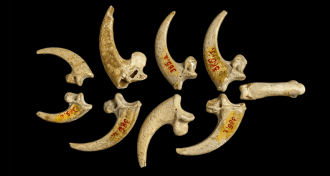 Anthropology
AnthropologyCache of eagle claws points to Neandertal jewelry-making
Eagle-claw jewelry points to Neandertals’ symbolic behavior before contact with humans, researchers argue.
By Bruce Bower -
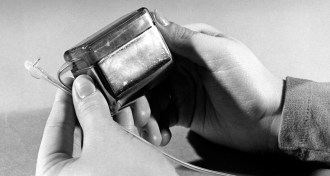 Tech
TechPlans fizzled for nuclear-powered artificial heart
In 1965, researchers saw a nuclear-powered heart in the future.
By Beth Mole -
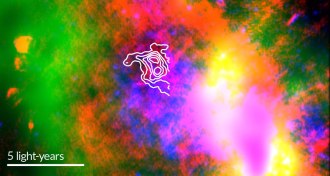 Astronomy
AstronomySpace dust is tough enough to survive supernova aftermath
Dust still lingers in the remnants of supernova that exploded 10,000 years ago, affirming that the explosions filled the early universe with dust.
-
 Planetary Science
Planetary ScienceMartian aurora, high-altitude dust clouds surprise scientists
Surprise auroras and mystery dust clouds dance in the Martian atmosphere, NASA’s newest Mars orbiter discovers.
-
 Life
LifeTurning the gut microbiome into a chat room
Bacterial communication molecules can help shape microbial communities after antibiotics.
-
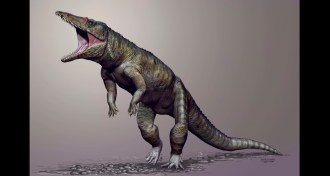 Paleontology
PaleontologyFearsome croc called the Carolina Butcher once ruled the north
Early ancestors of crocodiles, not dinosaurs, may have been northern Pangaea’s top predator 230 million years ago, according to a new fossil find.
-
 Health & Medicine
Health & MedicineProspective Crohn’s drug yields high rate of remission
An experimental Crohn’s disease drug triggers a high remission rate in patients.
By Nathan Seppa -
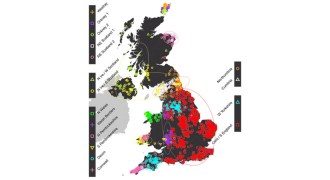 Humans
HumansHistory of the United Kingdom revealed in its genes
A genetics study finds subtle differences that reveal secrets about the history and ancestry of England, Scotland, Wales and Northern Ireland.
-
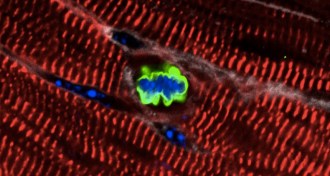 Health & Medicine
Health & MedicineFor heart repair, call RNA
Mice regrow muscle cells after heart attacks if injected with molecules mimicking RNA involved in cell growth.
-
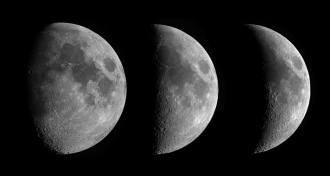 Astronomy
AstronomyFast-spinning young Earth pulled the moon into a yo-yo orbit
The early moon’s orbit created a cycle between lunar phases unlike the one seen nowadays.
-
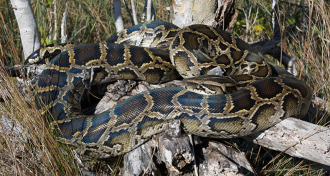 Ecosystems
EcosystemsEven fast-breeding rabbits can’t withstand Everglades python invasion
Even marsh rabbits in the Everglades can’t breed fast enough to keep their population going when Burmese pythons warm up for summer hunting.
By Susan Milius -
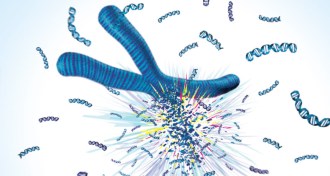 Genetics
GeneticsThe upside of a demolished chromosome
A woman’s rare genetic disease was cured when a chromosome carrying the mutant gene shattered.